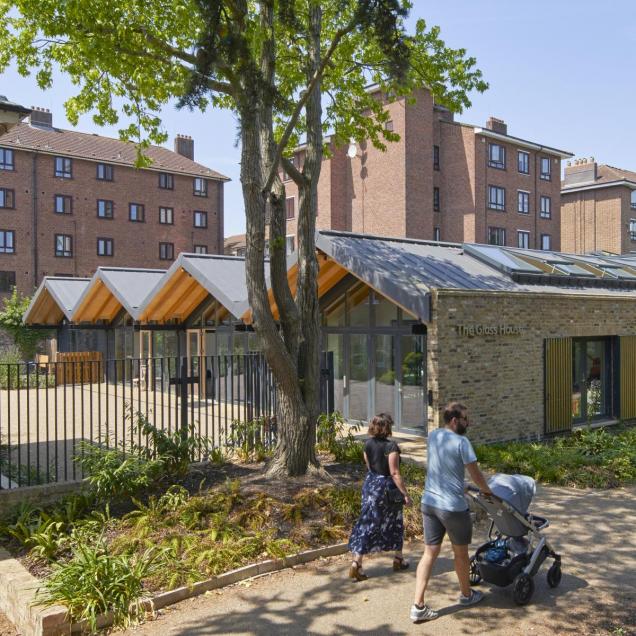

Capturing over a Century of English Rural Life, the Museum’s extraordinary collection has been revitalised and made relevant again through a striking series of ten galleries. Each carefully designed space incorporates different learning styles and areas of focus to draw visitors into the stories and landscape of the English countryside.
The £3.3 million HLF-funded project has been led by architects Pringle Richards Sharratt with exhibition design studio GuM. Director Penny Richards commented: “Our aim was to make this as much a destination for rural buffs as local families. We’ve done this by contextualising this extraordinary collection: telling stories and creating curiosity about rural lives and landscapes and showcasing the historic value of every day life. The sheer range of objects has been both the central challenge and the joyful opportunity of the commission.”
A key requirement of the project was a responsive and iterative interpretation strategy. The team developed the design working with MERL’s curatorial team, the Museum’s volunteers, University of Reading students and craft groups. Artefacts from a tiny sheep dog whistle through to the iconic Fordson tractor, are displayed, with cross cutting themes of fashion, craft, food and technology to draw more urbanite visitors into the collection. Visitors will delight in the impressive ‘Wagon Walk’, and the new mezzanine area houses the Museum’s unique collection of over 40 ploughs, for the first time providing forensic analysis of the objects.
Kate Arnold-Forster, Director of the Museum, commented: "Pringle Richards Sharratt and GuM Studio have transformed the Museum with designs that have illuminated our collections in new and extraordinary ways. The clarity of their vision, combining inventive new modes of interpretation, introducing beauty, colour, light and humour into our new galleries, has surpassed all our expectations and we believe will have set new standards for the display of rural collections."
Pringle Richards Sharratt provided architectural guidance for interventions to the existing gallery building and proposed areas in which the museum could expand its popular activities for families. The welcome area has been improved; circulation routes offer new and returning visitors different ways of engaging with the collection; and additional educational, display and storage areas supplement opportunities for more in-depth learning.
As exhibition designers, GuM Studio worked with the museum’s curatorial team to identify key objects and highlight the stories, skills, technologies and traditions of rural life. The team also commissioned a number of exciting new works to enliven and enhance the collection, including life-size sculpted willow horse.
The Collection
Established at a time of major economic, technological and social change, the collection comprises approximately 25,000 artefacts. All of the objects are contained within the Museum and its mezzanine stores. Working with the Museum, GuM used a novel classification system to structure the experience. A chronothematic approach was used and objects were designated for their contribution to the visitor experience, such as ‘icons’, ‘threshold’ (inviting visitors into a rural narrative) or ‘markers’, (objects to help orientate the visitor). Some objects are clustered and densely displayed, referencing barns and rural outbuildings. Others are left to stand alone, inviting dialogue with visitors. Simple case displays, large-scale images and more complex digital interventions combine to create texture and intrigue throughout the galleries.